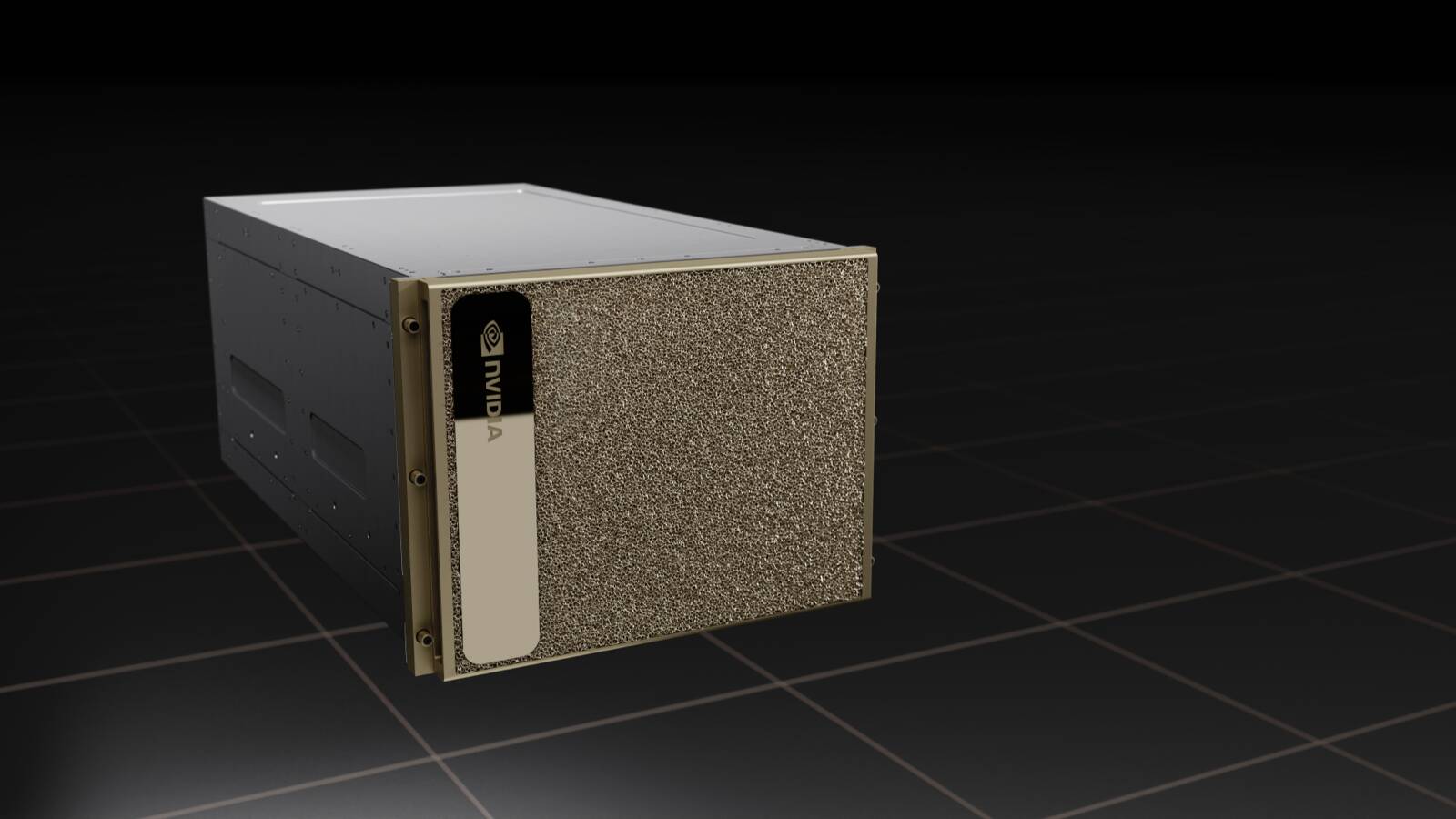Intel can't sell Cascade Lake in volume anymore. They're still struggling to supply 10nm anything to the server market. People are going to be on waiting lists no matter what.
While it’s a fact that Intel has lost a lot of server market share to AMD, the above statement is patently false.
Intel Q4 2021 Earnings Call: “Our Data Center Group had its best quarter ever as customers continued rebuilding their confidence in choosing Intel. Enabled by our IDM advantage, Ice Lake servers shipped more than
1 million units, equal to the amount we had shipped in the prior 3 quarters combined.”
Intel shipped 7.71 million total servers that quarter. In contrast, AMD shipped 1.13 million total servers (EPYC2 and EPYC3). One can conclude that Icelake volume was very likely greater than that of EPYC3.
Intel Q1 2022 Earnings Call: ”Our third-generation Intel Scalable processor Ice Lake has now shipped almost 4 million units and Amazon Web Services recently announced general availability of its EC2 I4i instance designed for storage and I/O intensive workloads. This is the 48th AWS instance powered by Ice Lake.
I am also pleased to say that as committed, we began shipping initial SKUs of our fourth gen Intel Xeon scalable processor, Sapphire Rapids, to select customers in Q1.”
Intel shipped almost
2 million Icelake servers last quarter, double that of the previous quarter, and again likely out shipped AMD‘s EPYC2 and EPYC3 combined. AMD does have a superior product right now, that can command much higher ASPs. That’s an awesome achievement from AMD, but Intel will be stronger with Sapphire Rapids soon.
Edit: And for those who continue to falsely claim that Intel can’t yield big chips on 10nm, the two IceLake server chips are 470 and 628 mm2 respectively.




